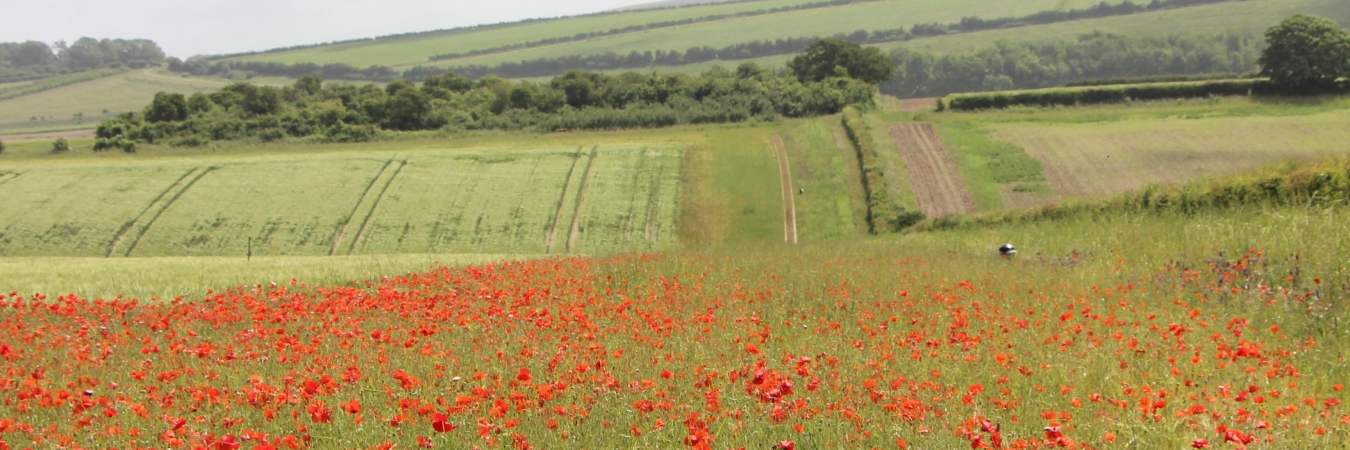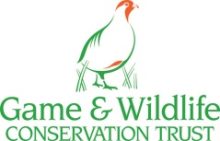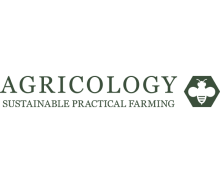Encouraging Habitat Management and Conservation Methods that Positively Impact Farmland Biodiversity
Project Background
The overarching aim for this project is to demonstrate that food production and conservation can successfully co-exist, and it is possible to reverse species decline; particularly when farmers consider the needs of wildlife and adjust their farming methods accordingly.
The 2019 State of Nature Report found 41% of the UK’s wildlife species have declined since 1970, 15% of Red-List species were threatened with extinction, and 37% of species have decreased in distribution in the last decade. Much of these declines are due to lost wildlife habitats and food sources associated with industrial scale farming and increased predation. Some of the most affected species are farmland birds – the abundance of indicator species has fallen by 54% since 1970. 97% of wildflower meadows were lost in the last century.
This project set out to show how the Duke of Norfolk’s Peppering Farm in Arundel, West Sussex, balances conservation methods across 15% of their land, without detrimental effect to the 85% of land dedicated to food production, and to encourage other farmers in the county to adopt a similar approach with at least 7% of their own land. Conservation measures on Peppering have greatly increased populations of insects, wildflowers, skylarks, yellowhammers, corn buntings, linnets, owls, hares and small mammals.
Aims & Approach
1) To share (in person) learnings on habitat management, conservation techniques and legal predation management that have increased farmland bird populations and biodiversity at Peppering Farm, Sussex, with other farmers in the county.
2) To document the insight and experience gained from the work undertaken, promoting it more broadly to encourage farmers nationwide to adopt these methods.
Project Outputs
Sussex farmers were hosted at a peer-to-peer workshop involving a farm walk at Peppering Farm, showcasing conservation techniques and predation management, and exploring the impact, benefits and relevance on a farm and landscape scale, to encourage them to adopt these methods. It covered the ‘3 pillars’ – habitat management, provision of food sources, and predation management. (View a summary below)
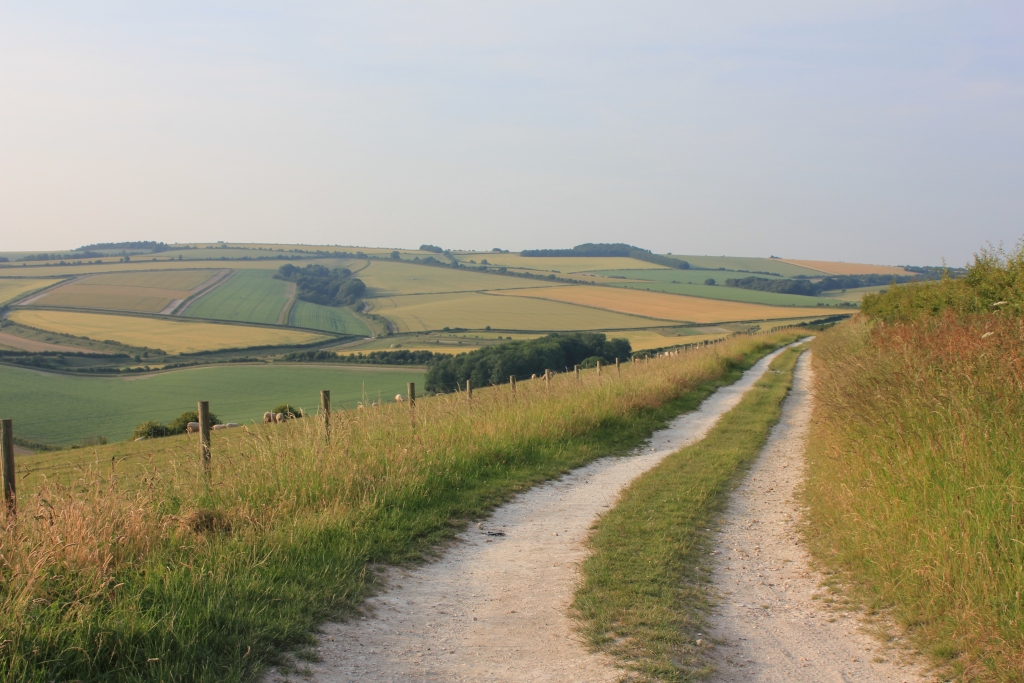
A summary guide to the three key pillars of the conservation approach and how to implement these, together with existing materials on food sources, insect identification and the findings of the PARTRIDGE Project at Peppering Farm was produced.
Access the guide here: Conservation of Farmland Birds Handout.pdf
Videos
Videos of key sections of the farm tour were filmed and shared. Explore the footage below (or access via the Agricology YouTube channel)
The Peppering Partridge Project (Brief History of Conservation Practices on Peppering Farm)
Adapting Arable and Livestock Practices for Farmland Birds and Biodiversity
Providing Food for Grey Partridge Hens and Chicks and Early Survival
Undersowing for Biodiversity, Weed Control and Chick Feed
Winter Versus Spring Headlands for Biodiversity
Importance of Predator Control Versus Habitat for Farmland Birds
Using Non-Productive Farmland for Biodiversity (Including Southern Water Grants)
The Benefits of Independent Farm Cluster Groups
Game and Wildlife Conservation Trust (GWCT) guides & factsheets
Explore these information resources which have been put together to help farmers and landowners with practical conservation work (they are based on results from GWCT research and have been instrumental in production of their our own guidance notes and in establishing joint advice with other organisations):
Workshop / Farm tour summary
Local farmers, a leading seed merchant and representatives from the Wildlife Trust all took part in the event at Peppering Farm on Friday 10th June 2022.
Charlie Mellor, estate head gamekeeper, provided the background to the estate’s conservation approach that was originally driven by the Duke’s interest in Grey Partridge, but has broadened to encompass wider farmland biodiversity.
GWCT’s Dr Julie Ewald shared evidence from the estate’s participation in the Sussex Study over the last 53 years, showing the increase in breeding Grey Partridge pairs from 3 to almost 200 monitored by the GWCT. Ryan Burrell (GWCT) who currently monitors the estate’s lapwing population, was able to illustrate how these birds are also thriving as a result of the conservation methods introduced. Conor Haydon, farm manager, explained the implications of this approach for the farm’s rotational plans and payment options – stressing the positive impact on the whole farm system.
Attendees were taken on a tour of the farm, stopping at three key locations for a closer look at the conservation techniques in practice. They were keen to discuss the best way of providing suitable habitat for nesting birds on their own farms, particularly around hedgerows and field margins. The seed mixes used by Peppering Farm in their flower strips was of particular interest – as were the arable flora found in their conservation headlands. There was much discussion on the different flora needed both to provide shelter for nesting and raising chicks, and to provide suitable food sources, particularly in the first 2 weeks of a partridge chick’s life. Peppering Farm have recently recorded flora species that have not been seen on the estate for almost 60 years.

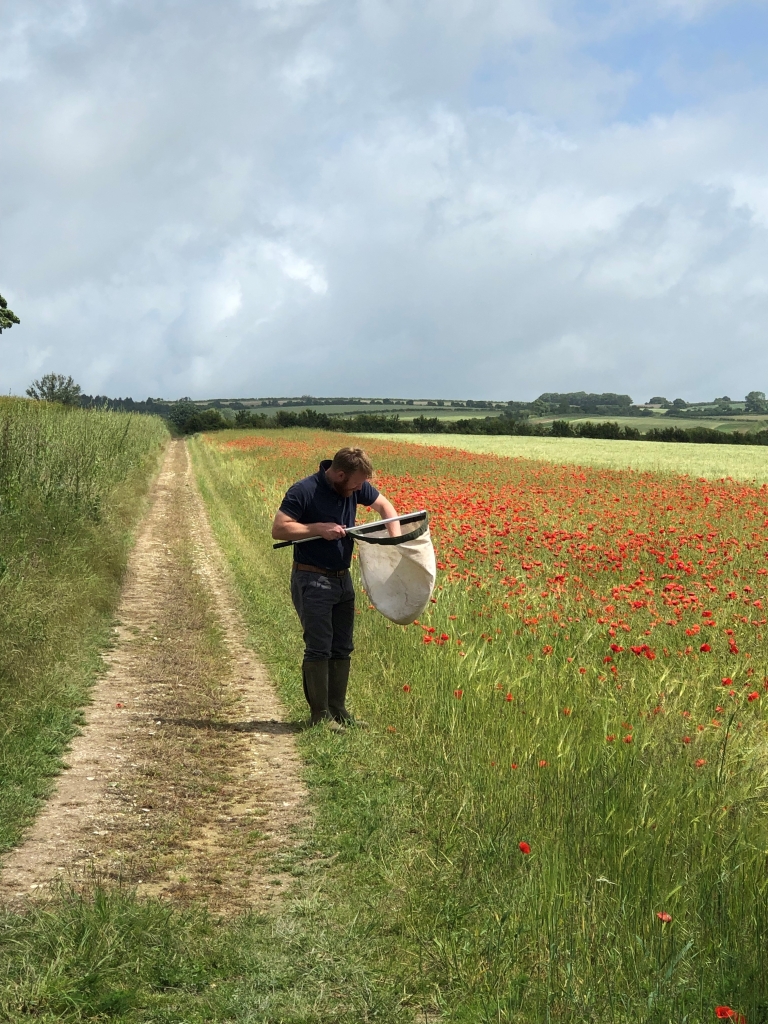
A number of insect sweeps were conducted, showing incredibly diverse insect populations ideal for supporting farmland bird populations. Recent counts have shown that the estate now has one of the highest and most diverse number of insect species in the country (over 450).
Conor Haydon gave advice on suitable payment schemes to assist with the introduction and establishment of conservation areas on farmland and also advised on implementing these areas to fit with existing machinery resources to reduce the need for further investment in equipment. A discussion on predator control explored the role of limited predation management alongside the provision of suitable habitat and adequate food sources. Charlie Mellor stressed the three pillars of the conservation approach work together to achieve the improvements seen in overall farm biodiversity, and no one pillar can achieve lasting success on its own.
The event was generously supported by the Ernest Kleinwort Charitable Trust. The wider publication of knowledge shared has been generously supported by The Lawson Trust.
